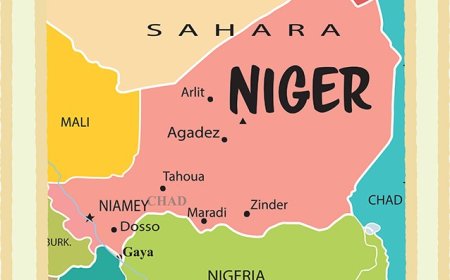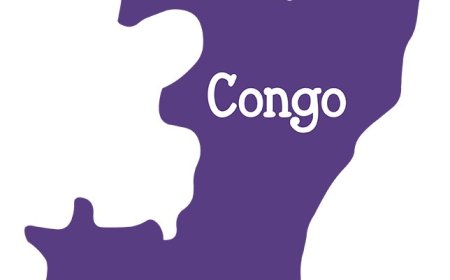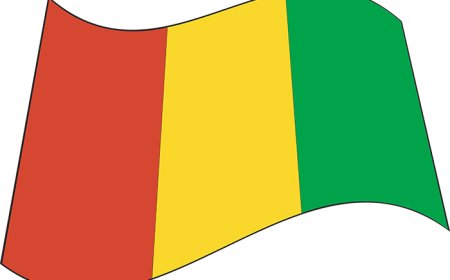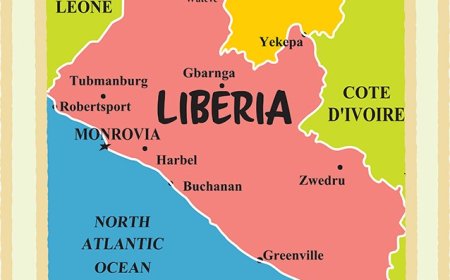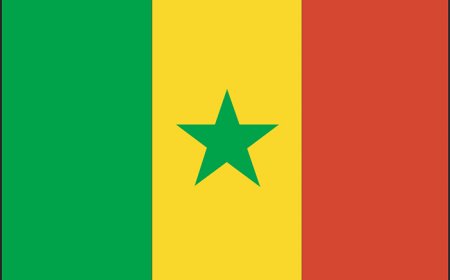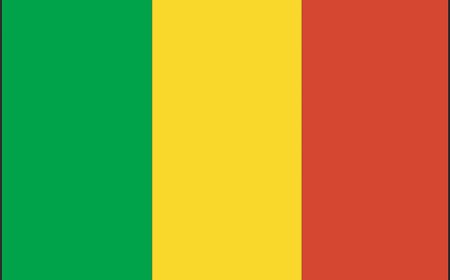Madagascar Facts for Kids – Island Wildlife, Geography & Culture
Explore Madagascar for kids. Learn about its unique wildlife—like lemurs and baobabs—diverse landscapes, vibrant Malagasy culture, and its global biodiversity importance.
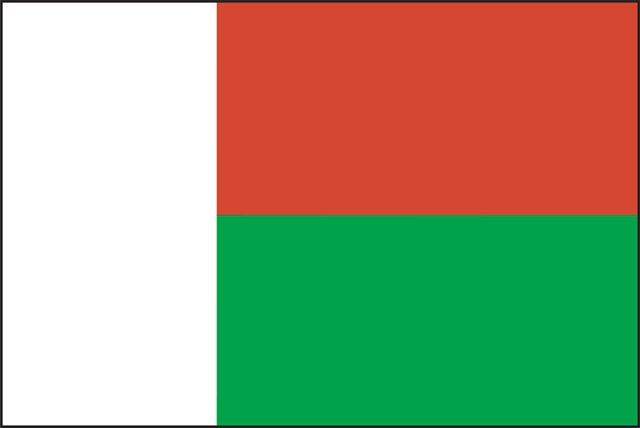
🌍 Introduction: An Island Apart
Madagascar, the world’s fourth-largest island, sits off the southeast coast of Africa in the Indian Ocean. Separated from the mainland by the Mozambique Channel over 400 kilometers wide, it has been isolated for about 88 million years. This isolation allowed plants and animals to evolve in their own special ways. As a result, around 90 percent of Madagascar’s wildlife — including its famous lemurs, chameleons, and baobab trees — live nowhere else on Earth. Beyond its natural wonders, Madagascar is home to over 26 million Malagasy, whose diverse cultures blend African, Asian, and European influences into a rich tapestry of languages, music, and customs.
🗺️ Geography and Environment
Madagascar’s geography can be envisioned in three broad zones. Along the eastern coast, narrow strips of lowland rainforest climb steeply into the central highlands, where ridges and plateaus rise above 1,000 meters. Further west, the land slopes into dry deciduous forests and spiny thickets, culminating in the western coastal plains, where baobabs stand sentinel over thorny scrub. The climate varies accordingly: humid tropical rains (over 3,000 mm annually) drench the east, while the southwest endures a semi-arid season with under 500 mm of rainfall. Rivers such as the Tsiribihina and Mangoky wind through rice paddies and villages, finally emptying into lagoons or the open sea. Environmental challenges include deforestation for agriculture and illegal logging, leading to soil erosion and habitat loss that threaten Madagascar’s unique ecosystems.
🏛️ Government, Language, and Population
Madagascar is a semi-presidential republic divided into 22 regions, each governed by an elected council. The official capital is Antananarivo, often called “Tana,” perched on a central highland plateau. Madagascar’s population of about 26 million comprises 18 recognized ethnic groups, collectively known as Malagasy. These include the Merina of the highlands, the coastal Betsimisaraka, and the southwest’s Antandroy, among others. All Malagasy speak Malagasy, a language related to Malay-Polynesian tongues, and French remains an official language used in government and education. Religiously, most Malagasy practice a blend of Christianity (Protestant and Catholic) and traditional ancestor-veneration customs.
🎭 Culture and Daily Life
Daily life in Madagascar blends subsistence farming, artisanal crafts, and festive traditions. On terraced rice paddies, smallholder farmers transplant paddy rice by hand, while fishermen cast nets from dugout canoes along lagoons. Household meals often center on vary (plain rice) accompanied by laoka — dishes of beans, greens, fish, or zebu (local cattle). In coastal communities, seafood such as shrimp and crab adds variety. Malagasy culture values fihavanana — kinship and solidarity — expressed through communal tasks like tromba (spirit ceremonies) or famadihana (reburial of ancestors).
Artisans carve intricate wooden totem poles and sculpt zebu horns, while weavers produce silk shawls and raffia mats. Music and dance range from the rhythmic salegy and hiragasy performances — combining song, dance, and theatrical skits — to church choirs singing in Malagasy and French. Festivals such as Alahamady Be (New Year) and regional harvest ceremonies bring communities together in color, rhythm, and shared history.
📜 History Highlights
Madagascar’s human story began around 2,000 years ago, when Austronesian seafarers from Borneo first colonized its east coast. They were later joined by Bantu migrants from mainland Africa, creating the distinct Malagasy culture. From the 16th century, Arab and Indian Ocean trade introduced Islam, Christianity, and foreign goods. In 1897, France established colonial rule, unifying the island under French Madagascar. Independence arrived in 1960, and the Malagasy Republic navigated a post-colonial era marked by political shifts and military rule. Since the 1990s, multi-party democracy and constitutional reforms have guided development, though challenges remain in governance, infrastructure, and social equity.
💰 Economy and Resources
Madagascar’s economy relies on agriculture, mining, and tourism. Key crops include rice, vanilla (Madagascar is the world’s top producer), cloves, coffee, and lychees. Smallholder farmers often grow spices and fruits for export, while rice supplies local consumption. Madagascar’s unique geology yields deposits of chromite, ilmenite, and nickel, though mining faces environmental scrutiny. Tourism, centered on wildlife viewing and beach resorts on Nosy Be or Île Sainte-Marie, generates foreign exchange but requires sustainable management to protect fragile habitats. The government promotes eco-tourism, fair-trade agriculture, and renewable energy projects to diversify income and reduce poverty.
🌿 Wildlife and Natural Beauty
Madagascar’s biodiversity is among the planet’s most extraordinary. Over 100 species of lemur — from the tiny mouse lemur to the towering indri — inhabit its forests. Fossa, a cat-like predator, hunts lemurs and birds among the baobab-dotted dry forests. Rainforests harbor leaf-tailed geckos, poison-dart frogs, and dazzling orchids. The Tsingy de Bemaraha limestone pinnacles in the west form a UNESCO World Heritage Site, where Decken’s sifaka lemurs leap between razor-sharp formations. Marine life around coral reefs includes humpback whales, dolphins, and green sea turtles. Conservation efforts — such as community-run ANIs, or locally managed marine areas — seek to balance human needs with long-term protection of these irreplaceable ecosystems.
📚 Vocabulary List
Endemic Native to and found only within a particular geographic area
Lemur A primate found only in Madagascar, with ring-tailed and woolly species
Fihavanana Malagasy concept of kinship, solidarity, and mutual support
Tsingy Limestone karst pinnacles, such as those in Tsingy de Bemaraha
Baobab Iconic tree with swollen trunk, endemic to Madagascar
Famadihana Traditional Malagasy ceremony of re-burying and celebrating ancestors
Austronesian Linguistic group originating from Southeast Asia, linked to Malagasy roots
Conservation Protection and management of natural resources and wildlife
Vanilla A spice derived from orchids, for which Madagascar is the leading producer
Eco-tourism Tourism focused on natural areas, supporting conservation and local communities
🧒 Kid-Friendly Summary
Madagascar is a huge island off Africa’s southeast coast, known for its funny-looking lemurs, tall baobab trees, and spice farms. People speak Malagasy and French, and they grow rice, vanilla, and coffee on terraced hills. Kids learn by planting rice with their families and dance to salegy rhythms at festivals. In the forests, there are tiny mouse lemurs that hop on branches, and on the beaches, sea turtles lay eggs at night. Although the trees have been cut to make room for farms, communities work together to protect their special island home and share its wonders with visitors.
🎯 Interactive Quiz: What Do You Know About Madagascar?
What percentage of Madagascar’s wildlife is found nowhere else?
a) 50% b) 90% c) 25% d) 10%
Which primate is unique to Madagascar?
a) Gorilla b) Chimpanzee c) Lemur d) Orangutan
What is “famadihana”?
a) A fishing method b) A rice dish c) A ceremony to re-bury ancestors d) A music style
What spice makes Madagascar famous?
a) Saffron b) Cinnamon c) Vanilla d) Black pepper
What is “tsingy”?
a) A coastal fish b) Limestone pinnacles c) A kind of lemur d) A Malagasy dance
Which tree with a fat trunk is common in dry Madagascar?
a) Oak b) Baobab c) Pine d) Maple
What does “endemic” mean?
a) Dangerous b) Very common worldwide c) Found only in one place d) Extremely small
What kind of tourism helps protect nature and supports communities?
a) Mass tourism b) Adventure tourism c) Eco-tourism d) Cruise tourism


















































